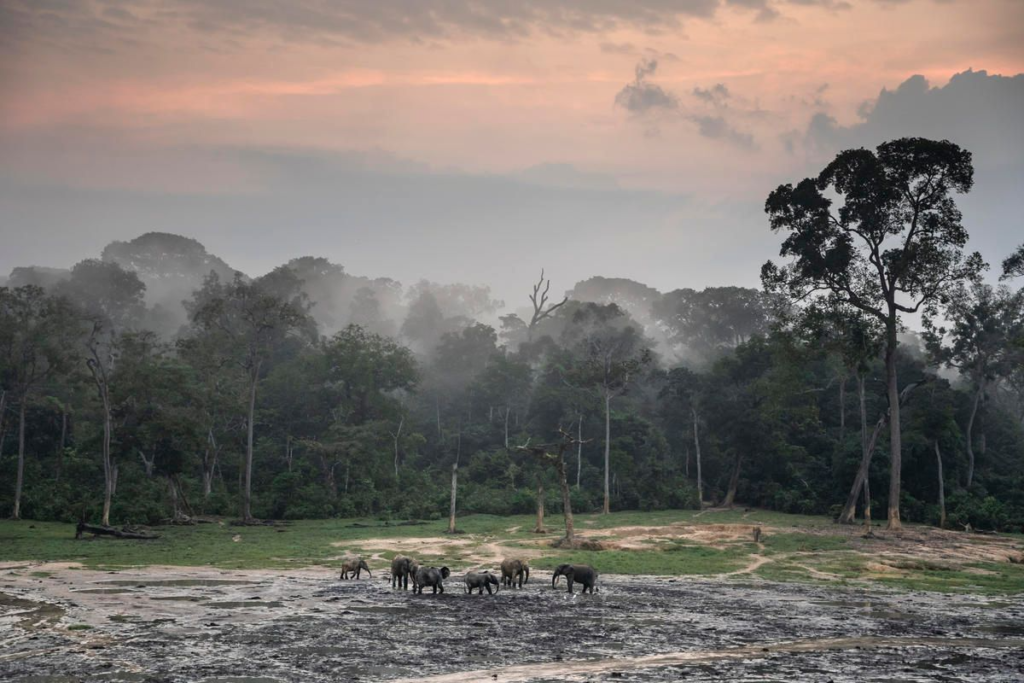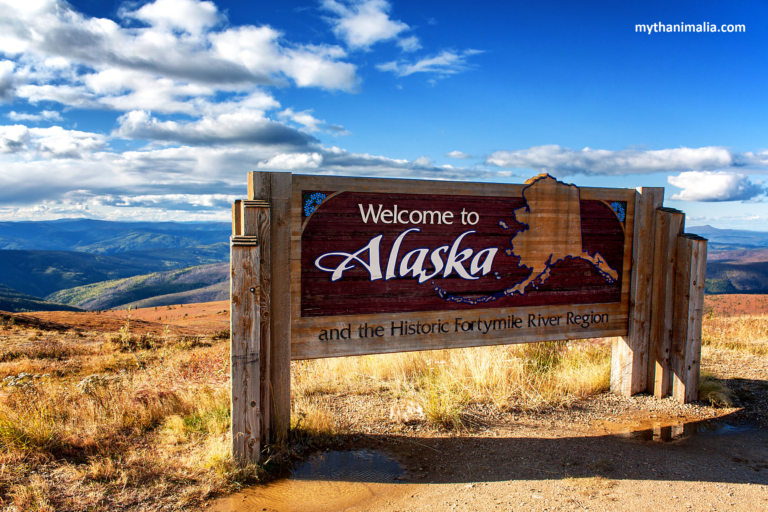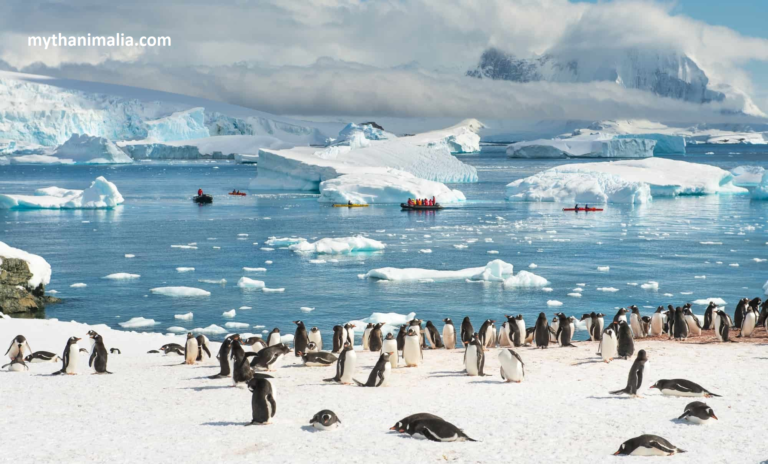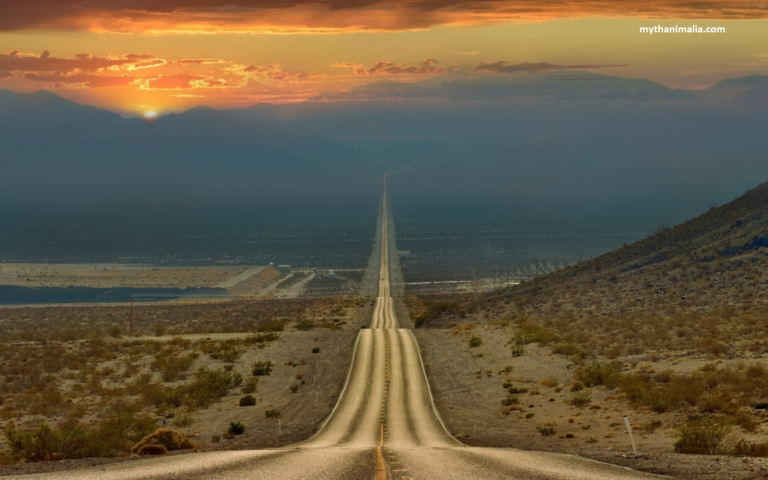Wildlife Wonders: Exploring the Natural World
There’s something truly magical about the natural world. The diverse creatures that roam our planet captivate us, teaching us about resilience, adaptation, and the interconnectedness of life. Exploring wildlife offers not just a glimpse into the lives of animals but also a deeper understanding of our place within the ecosystem. “Wildlife Wonders: Exploring the Natural World”
The Diversity of Wildlife
Our planet is teeming with an incredible variety of life forms. Biodiversity is the term used to describe this variety, encompassing everything from the tiniest insects to the largest mammals. This diversity is crucial because it ensures ecosystem productivity and stability, allowing life to flourish in myriad forms. Diverse ecosystems can recover from disruptions more effectively, making them resilient in the face of changes.

Habitats Around the Globe
The Earth is home to many habitats, each supporting unique wildlife communities.
- Forests: Rich in biodiversity, forests are home to countless species, from birds and mammals to insects and plants. Rainforests, in particular, are often called the “lungs of the planet.”
- Deserts: These harsh environments host specially adapted species that survive extreme temperatures and scarce water.
- Oceans: Covering over 70% of the Earth’s surface, oceans are teeming with life, from microscopic plankton to the massive blue whale.
- Mountains: These high-altitude regions support unique species adapted to colder climates and thinner air.
- Grasslands: Often called the “breadbaskets of the world,” grasslands support vast herds of herbivores and the predators that hunt them.
The Role of Predators
Predators play a vital role in maintaining the balance of ecosystems. As apex predators, animals like lions, wolves, and sharks keep prey populations in check, ensuring that no single species dominates the habitat. This balance helps maintain biodiversity and the health of the ecosystem.
The Wonders of Migration
Migration is one of nature’s most awe-inspiring phenomena. Many species travel thousands of miles annually to breed, feed, or escape harsh climates. Notable migrations include the monarch butterflies’ journey across North America, the wildebeest migration in Africa, and the Arctic terns’ flight from pole to pole.
The Marvel of Adaptation
Adaptation is how species evolve traits that help them survive in their environments. This can include physical changes, like the long neck of a giraffe, or behavioral adaptations, such as the cooperative hunting techniques of wolves. These adaptations highlight the incredible ingenuity of life on Earth.
Threats to Wildlife
Despite its resilience, wildlife faces numerous threats, many of which are human-induced. “Wildlife Wonders: Exploring the Natural World”
- Habitat Destruction: Urbanization, deforestation, and agriculture expansion are leading to habitat loss.
- Climate Change: Altering temperatures and weather patterns disrupt habitats and food sources.
- Pollution: Chemicals, plastics, and other pollutants can harm or kill wildlife.
- Poaching and Illegal Trade: Many species are hunted for their skins, tusks, or as exotic pets, leading to significant population declines.
Conservation Efforts
Efforts to conserve wildlife are more crucial than ever. Establishing protected areas and national parks helps preserve habitats and species. Organizations like WWF and the Wildlife Conservation Society work tirelessly to protect endangered species through various initiatives. Success stories, such as the rebound of the bald eagle in North America, demonstrate the positive impact of these efforts.
Human-Wildlife Interaction
Human activities profoundly impact wildlife, both positively and negatively. Sustainable practices, ecotourism, and community-based conservation projects can promote coexistence and benefit wildlife and local communities. However, managing these interactions carefully is essential to minimize negative impacts.
Wildlife in Culture
Wildlife has always held a significant place in human culture. Animals often symbolize traits like courage, wisdom, and freedom in various cultures. They have inspired countless works of art, literature, and mythology, highlighting their deep connection to the human spirit.
The Importance of Biodiversity
Biodiversity is vital for ecological balance and human well-being. It supports ecosystem services like pollination, water purification, and climate regulation. Many medical discoveries, agricultural advancements, and economic resources depend on biodiversity.
Exploring Wildlife Safely
When exploring wildlife, it’s essential to prioritize safety and ethics. Keep a respectful distance from animals, avoid disturbing their habitats, and follow local guidelines. Ethical wildlife watching ensures that both humans and animals remain safe and undisturbed. “Wildlife Wonders: Exploring the Natural World”
Citizen Science and Wildlife
Citizen science projects allow the public to contribute to wildlife research and conservation. By participating in activities like bird counts or butterfly monitoring, people can help gather valuable data that aids scientists and conservationists.
The Future of Wildlife
The future of wildlife depends on our actions today. Technological advancements, like drones and GPS tracking, offer new ways to monitor and protect species. Continued awareness and proactive conservation efforts are essential to ensuring that future generations can experience the wonders of wildlife.
Conclusion
Exploring the natural world reveals the intricate beauty and complexity of wildlife. No matter how small, each species plays a vital role in the ecosystem. By appreciating and protecting wildlife, we safeguard our planet’s health and well-being. Let’s commit to preserving these wonders for future generations.
FAQs About Wildlife Wonders: Exploring the Natural World
Q1- Why is wildlife important?
A1- Wildlife is crucial for maintaining ecological balance, supporting biodiversity, and providing essential ecosystem services. It also offers cultural, recreational, and economic benefits.
Q2- What are the most endangered species?
A2- Some of the most endangered species include the Amur leopard, Javan rhinoceros, vaquita, and mountain gorilla. Conservation efforts are vital to prevent their extinction.
Q3- How can I help in wildlife conservation?
A3- You can support wildlife conservation by donating to reputable organizations, participating in citizen science projects, adopting sustainable practices, and spreading awareness about wildlife issues.
Q4- What are the best places for wildlife exploration?
A4- Some top wildlife exploration destinations include the Serengeti in Tanzania, the Galápagos Islands, Yellowstone National Park in the USA, and the Amazon Rainforest.
Q5- What is the impact of climate change on wildlife?
A5- Climate change affects wildlife by altering habitats, disrupting food sources, and changing migration patterns. It poses a significant threat to biodiversity and the survival of many species.






